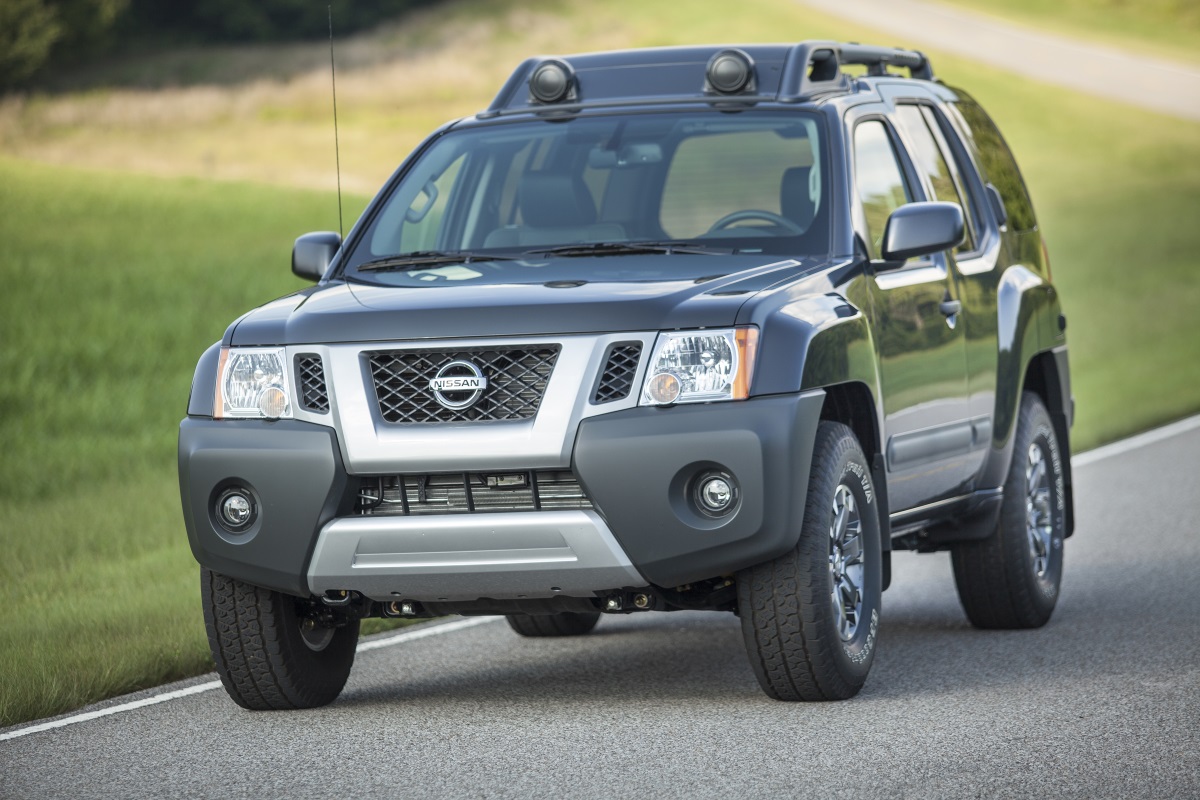You’ve made up your mind and you’ve decided to go green and purchase or lease an electric car. Be it the Leaf, the new e-Golf or even a Tesla, when buying an electric car, Chris Tam has some great advice for you. Chris worked for a car dealership in Hawaii for three years and sold two brands of EVs before he moved to the East Coast. Chris recently wrote TFL and we knew his advice was worthy of passing along.
Chris writes:
I came up with a few rules I advised all of my customers on even if it discouraged their purchase of an EV.
4. The EV must be able to drive your entire day’s worth of miles on a single charge.
Owners cannot count on public chargers always being available when they need them and need to be able to do their full driving on a single charge if necessary. Then they never have to search for available chargers or stay at a charger long enough to get charged back up. Imagine if you could only park in 1 out of 10 Handicap stalls. Just imagine the rage as you need to charge your full EV when the spot is being taken up by a Prius-Plug-in or in Roman’s case a big SUV.
You can’t live off of public chargers, one customer actually tried, and came back to trade in the car the next month. Sadly having a home charger means you generally need a house and Level 2 charger, which cuts out all but the most progressive apartments and condos and all street parkers. Also plugging in to a 110 outlet for a 12-24 hr charge time is ludicrous. Chargers ranged from $1,000-$5,000 with installation but most Level 2 Chargers are easy to take off of the wall in case of selling or moving. Saddly one local newspaper blogger tried to live with an EV for week but couldn’t charge at home, her results were disappointing no fault of the car’s but her lack of home charging. Had I known she couldn’t charge at home I would’ve advised against it. Don’t even get me started on how badly the news generally gets their EV facts wrong. I heard an Enterprise agent say the solar panel on the Leaf’s spoiler powers the AC, more like trickle charging the 12 volt and able to run just the fan in park.
2. You need a nearby dealer.
While you can buy an EV and they don’t need oil changes, filters and belts EVs do need specific service, recalls, repairs, and usually an annual electronic check. Do want to travel, tow or find chargers in between you and your dealer? For Hawaii this meant certain islands without EV servicing dealers would have to ship their cars back for service. This is the same for Jaguars and Land Rovers on any island other than Oahu, and much the same for states’ dealers that don’t service their own EVs.
 1. Check with your tax preparer.
1. Check with your tax preparer.
The Federal Tax Credit of up to $7,500.00 is based on the size of the battery and is a tax credit, so for people without taxable income may want to lease an EV with the manufacturer’s rebates instead. 16kWh batteries and larger get the maximum $7,500 smaller batteries like in the Prius Plug-in get as little a $1,500, in between C-Max Engeris get $3,750.
Yet despite these pitfalls Hawaii has the highest EV rate in the US. Our high gas prices and short driving distances help. We also have Electric rates triple the US average, so almost all EV buyers had or were considering solar panels. Many statistics say the average american commute is 50 miles or less which is well in the range of most EVs. Most of my customers bought EVs as their 2nd or 3rd family car.


























